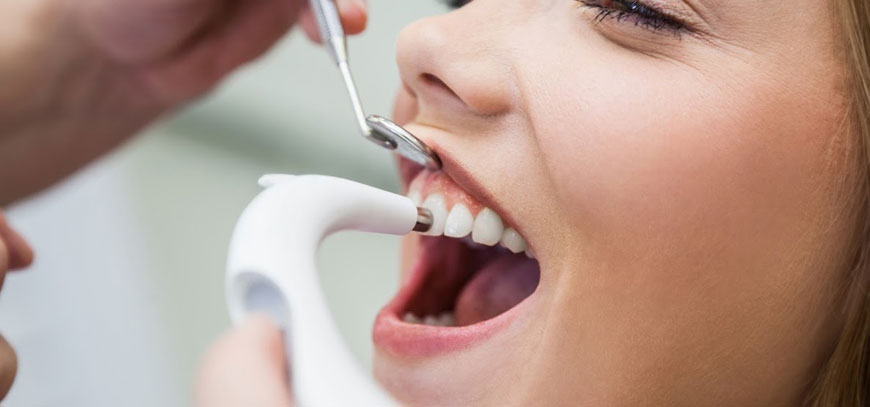Working Time
- Mon-Sun 09:30 AM - 06:30 PM
Contact Info
-
Phone: +91 9916505655
+91 9916167155 - info@uniquehairtransplants .com
Ask the Experts
Platelet-Rich Plasma Treatment

PRP (Platelet-Rich Plasma) treatment enhances unique hair transplants by stimulating natural hair growth. During PRP therapy, a patient's blood is drawn, and platelets containing growth factors are extracted. These platelets are then injected into the scalp, promoting hair follicle health and thickening existing hair. When combined with a hair transplant, PRP accelerates recovery, minimizes inflammation, and increases the success of graft survival. This innovative approach offers patients enhanced results, improving density and texture for a more natural-looking outcome. PRP treatment is revolutionizing hair restoration, making unique hair transplants more effective and aesthetically pleasing.
Why PRP Treatment Are Important?
PRP (Platelet-Rich Plasma) treatments are crucial for hair transplants because they stimulate hair growth and enhance results. PRP involves using the patient's own blood plasma, rich in growth factors, to rejuvenate hair follicles, promote healing, and increase hair density. By injecting PRP into the scalp during or after a transplant, it accelerates tissue repair, minimizes inflammation, and supports new hair follicle development. This natural approach encourages thicker, healthier hair growth, aiding in quicker recovery and more robust outcomes. Ultimately, PRP treatments complement hair transplant procedures by optimizing follicle health and promoting sustained hair growth.
The Process of PRP Treatment
Platelet-Rich Plasma (PRP) treatment is a cutting-edge procedure used in unique hair transplants to promote hair growth and improve hair density. The process involves harnessing the natural healing and growth factors found in the patient's own blood to stimulate hair follicles.
- Before undergoing PRP treatment, patients typically have a consultation with a dermatologist or hair restoration specialist. During this consultation, the specialist assesses the patient's hair loss pattern, medical history, and suitability for PRP therapy.
- On the day of the PRP procedure, a small amount of the patient's blood is drawn—similar to a routine blood test. The blood is then processed in a centrifuge machine, which spins at high speeds to separate the platelet-rich plasma from other components of the blood.
- The centrifugation process separates the platelet-rich plasma from red blood cells. Platelets are tiny cell fragments that contain growth factors and other proteins essential for tissue repair and regeneration.
- Using a fine needle, the concentrated PRP is injected directly into the areas of the scalp where hair loss or thinning is a concern. The injections are strategically administered to target specific areas needing hair restoration.
- After the PRP injections, patients are typically advised to avoid washing their hair for at least 24 hours. They may also be instructed to refrain from vigorous exercise and exposure to direct sunlight for a few days following the procedure.
- To sustain the benefits of PRP treatment, patients may require periodic maintenance sessions. Lifestyle modifications and additional treatments, such as topical minoxidil or oral finasteride, may also be recommended to optimize outcomes.
